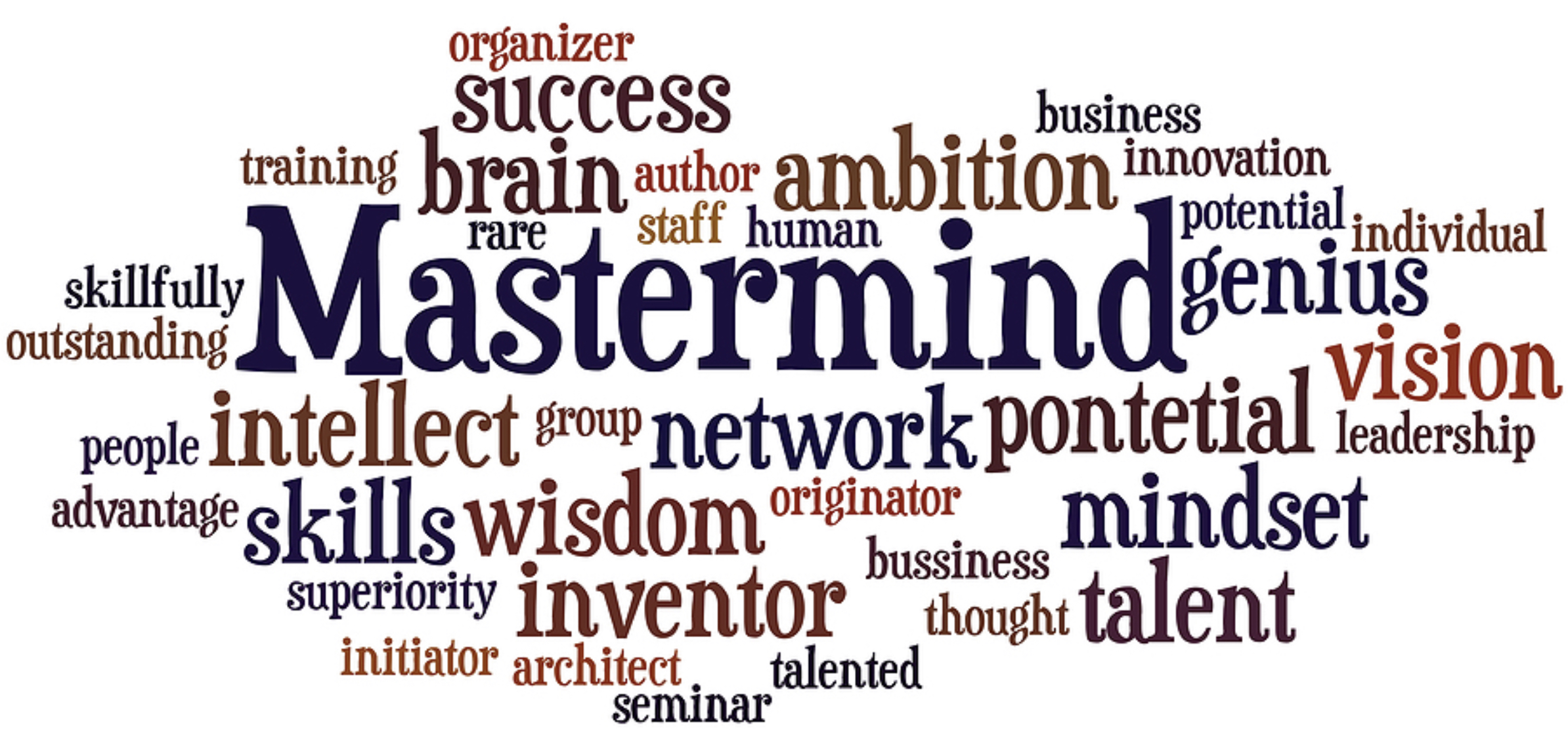The idea of a mastermind group is a fairly new concept. It’s new despite the fact that self-help author Napoleon Hill introduced the notion several decades ago. The idea just didn’t hit the mainstream until now. This type of group is created to help people manage professional challenges by meeting with others who are in the same field.
How Do Mastermind Groups Work?
A mastermind group uses peer support to help members of the group reach their professional goals. When you become a member, you’ll go to meetings that are held virtually or in-person to brainstorm ways to overcome obstacles and enjoy success.
The master idea is helpful and inspiring because you’ll be connecting with those who are in similar phases of their careers as you. This type of mentoring is successful since it allows you to discuss ideas with people who will encourage you to take steps to reach your goals.
Group Overview
People start these types of groups to help themselves and others succeed. Members enjoy support from their peers and receive assistance dealing with career struggles.
During a meeting, you can expect to talk about work tasks and the best project management techniques. Administrators will give members time to ask questions and answer them. This means that you’ll be able to ask specific questions.
How to Start a Group
Ask people you already know to join your group. Consider inviting people who are more advanced in their careers than you are. If your goal is to become the VP of your company, you’ll want group members who have already achieved this level or higher at their company.
It can be tough to ask people to join, but keep in mind that most people want to help. They enjoy showing others how to do things. Many people also like providing tips on how to be successful.
How to Run a Group
To begin and run a group, invite from four to eight people to become members. Most group organizers discover that six is the best number for a group.
Try to meet every week. Also, set up the group meetings to last for an hour to 90 minutes. These types of meetings are life-enhancing events, so be sure to prioritize them. Group meetings should be positive, supportive and helpful for every member.
Make sure that every member is willing to share ideas openly and provide helpful feedback. Begin each meeting by having the participants share something good that happened that week. After sharing something positive, invite members to share a problem or an opportunity. End these meetings by offering appreciation for every member and acknowledge their contributions to the group.
The Benefits of Mastermind Groups
After each meeting, you may come away with an action plan and a set of steps that you’ll want to complete before you meet with the group the following week. Your group will hold you accountable for completing these steps, helping you maintain the discipline that you need to reach your goals.
This type of group will keep you on track. If you run into a dead end, your group will redirect you. They’ll also help you make better decisions and guide you toward thinking about the big picture.
Your Key to Success
Mastermind groups are the key to many people’s success. By starting or joining one, you’ll have access to career knowledge and receive inspiration, making it easier for you to achieve your goals. If you need help or support, then contact me at the Productivity Intelligence Institute.












